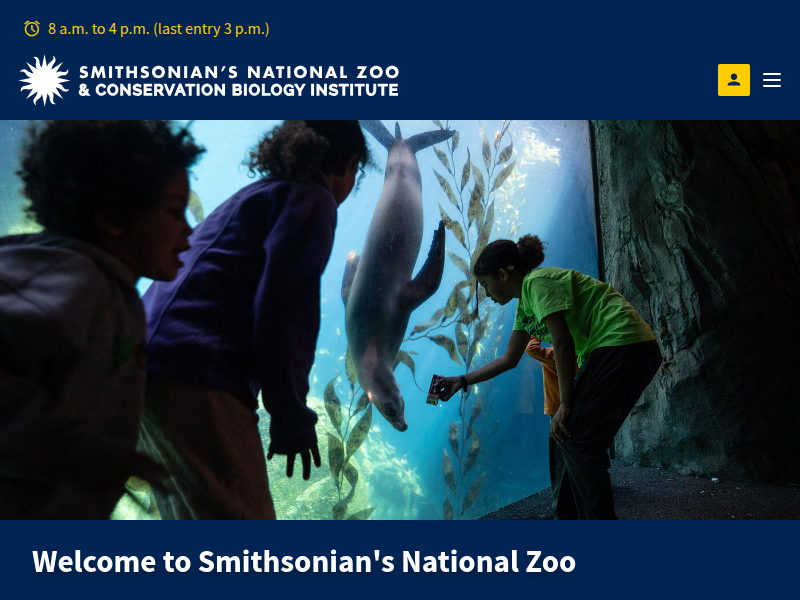Fowler’s toad | Smithsonian’s National Zoo and Conservation Biology Institute https://nationalzoo.si.edu/animals/fowlers-toad
Fowler’s toads are small and brown, gray or olive in color.
Amazonia Fowler’s toad Anaxyrus fowleri Fowler’s toads are small and brown, gray or olive

